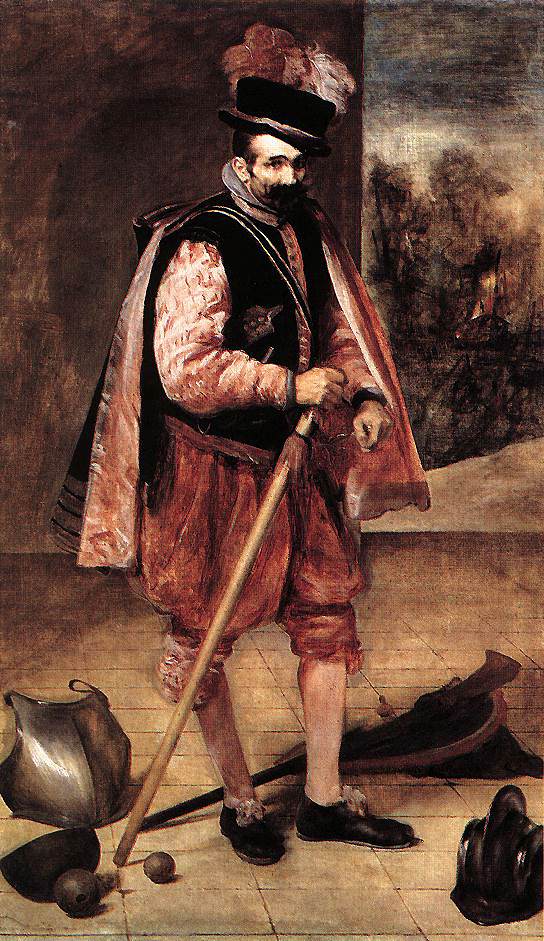Description
The painting "The Jester known as Don Juan of Austria" by renowned artist Diego Rodríguez De Silva y Velázquez is a masterpiece that captivates with its unique artistic style, masterful composition, and exceptional use of color. With an original size of 210 x 123 cm, this work of art transports us to a world full of mystery and enchantment.
Velázquez's artistic style is noted for his ability to capture reality with astonishing precision. In "The Jester known as Don Juan de Austria", we can appreciate how the artist portrays the character with surprising fidelity. Every detail, from the wrinkles on her face to the folds in her clothing, is rendered with admirable meticulousness.
The composition of the painting is another fascinating aspect of this work. Velázquez uses a triangular arrangement to arrange the elements on the canvas, creating a sense of balance and harmony. The jester is in the center of the composition, surrounded by other characters and objects that help to contextualize the scene. This careful arrangement allows us to appreciate each element of the painting individually and as part of a coherent whole.
Regarding color, Velázquez uses a palette of earthy and subtle tones that give the work a warm and nostalgic atmosphere. Brown and gold tones predominate in the painting, creating a feeling of serenity and seriousness. However, the artist also introduces more vibrant touches of colour, such as the deep red of the handkerchief that the jester holds in his hand, which contrasts with the rest of the composition and draws our attention to the main character.
The story behind the painting is also intriguing. Don Juan of Austria was a famous military and political commander in 16th century Spain. However, in this work, Velázquez portrays the war hero as a jester, which could be interpreted as a subtle criticism of the vanity and superficiality of the society of the time. This unusual and challenging depiction of a historical figure adds an extra layer of depth to the painting.
In addition to these more well-known aspects, there are lesser-known details in the work that deserve to be highlighted. For example, the enigmatic expression on the jester's face, which seems to convey a mixture of sadness and wisdom. Velázquez's technical mastery can also be appreciated in the way he represents textures, such as the lace on the jester's shirt collar or the velvet of his hat.
In short, "The Jester Known as Don Juan of Austria" is a fascinating painting that combines an exceptional artistic style, masterful composition, captivating use of color, and an intriguing story. Through this work, Velázquez invites us to reflect on the nature of society and the human condition.

